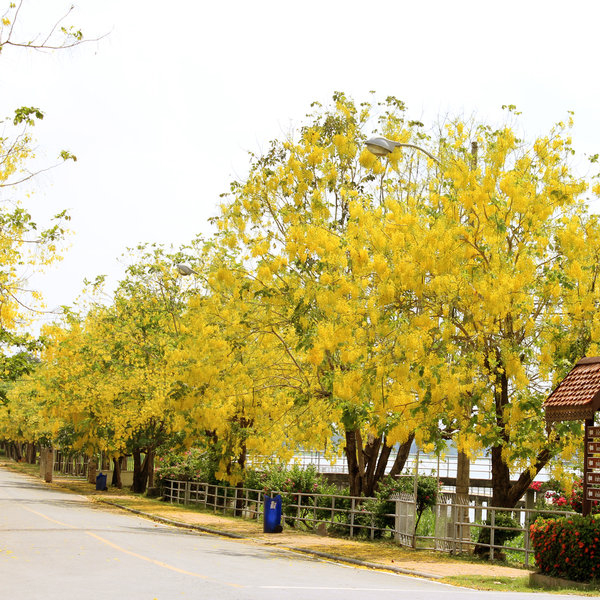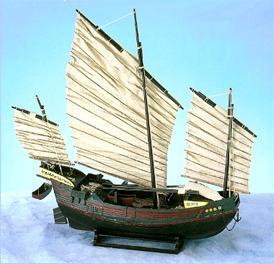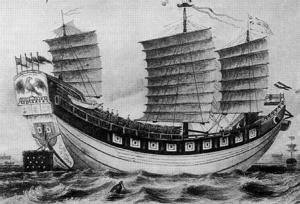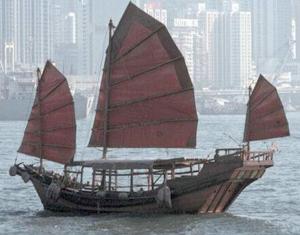[PART-1Ahttp://oldphotosbombay.blogspot.com/2011/09/1a-bombaymumbai-taxi-1850-to-2001-also_3982.html
[PART-1Bhttp://oldphotosbombay.blogspot.com/2011/09/1-b-bombaymumbai-taxi-1850-to-2001-also.html
[PART-2]http://oldphotosbombay.blogspot.com/2011/04/glimpses-of-old-bombay-and-western.html
[PART-3]http://oldphotosbombay.blogspot.com/2011/04/glimpses-of-old-bombay-and-western_02.html
[PART-4]http://oldphotosbombay.blogspot.com/2011/04/4glimpses-of-old-bombay-and-western.html
[PART-5]http://oldphotosbombay.blogspot.com/2011/04/dedicated-to-first-city-mumbai-bombay.html
[PART-6]http://oldphotosbombay.blogspot.com/2011/04/6.html
[PART-7]http://oldphotosbombay.blogspot.com/2011/04/6-glimpses-of-old-bombay-and-western.html
[PART-8]http://oldphotosbombay.blogspot.com/2011/04/7.html
[PART-9http://oldphotosbombay.blogspot.com/2011/04/first-anglo-maratha-war-was-first-of.html
[PART] 10] http://oldphotosbombay.blogspot.com/2011/06/bombay-history-of-cinema-1896-and.html
[PART-11]http://oldphotosbombay.blogspot.com/2011/06/indian-modes-of-irrigation1874-elephant.html
[PART12] MAPS OF BOMBAY 1843 TO 1954http://oldphotosbombay.blogspot.com/2011/06/maps-of-mumbai-bombay.html
[PART12] MAPS OF BOMBAY 1843 TO 1954http://oldphotosbombay.blogspot.com/2011/06/maps-of-mumbai-bombay.html
DEDICATED TO THE FIRST CITY-MUMBAI-[BOMBAY] OF INDIA.part-7 OF 9
Glimpses of old Bombay and western India, with other papers (1900)
Parsee Ladies' stall at a bazaar held at Bombay--in aid of Lady
Minto's fund for the
provision of medical women in India," from The Graphic, 1889
*
Parsee Tower of Silence, India," a chromolithograph from a
book
published in 1881*
Parsee children, Bombay," from 'India and its Native Princes' by
Louis Rousselet, 1878*
Pulikesin II exchanges envoys with Sassanaid Khusro II
exchanged envoys with Sassanian King Khusrau II (AD 596- 626). The same has been depicted in Ajantha Cave I. This information is also mentioned by persian historian Tabari, who says in the 35th year of Khusrau perviz reign an Indian King Pharmeish or paramesa(parmeswara - title of pulakesin) sent to an ambassador carrying letters and presents to monarch and sons.The return embassy by Khusrau is depicted in Ajanta.
The Emperors of Shilahar dynasty were disciples of Lord Shiva and the Kopineshwar Temple has been built during their reign
At this time the Shilahars also divided the city into different sections and named them as ‘padas’. It is seen that these padas exist even today by names of Naupada, Patlipada, Agripada etc.
The first census took place in the year 1881 and the population of Thane at the time was 14,456
Mumbai Names 3
This one comes after a long gap after I wrote Mumbai Names 1 and Mumbai Names 2. The Bombay Gazette also mentions that many of the names of places in Bombay are very naturally of Koli origin. Kolis are nature and tree worshippers and thus names of so many areas are associated with trees and vegetables. This list is still incomplete and to be continued…
Cumballa Hill: This area near Kemps Corner is named because of the huge number of ‘kamals’, i.e. lotus groves
lotus flower

that used to grow here. Today, Cumballa Hill does not have any lotuses growing but has many skyscrapers and some old buildings inhabited by Parsis.
Dharavi: Asia’s largest slum located between Sion and Mahim gets its name as it was at the site at the doors to the island. (dar - door in Marathi)
Bhuleshwar: This very old area of South Bombay which also houses the flower market gets it name from the God-Shiva in the form of “Bhola” and thus Bhuleshwar.

Byculla: This name is supposed to be of early Hindu origin. This area used to have a lot of ‘bhaya’-'cassia fistula’ shrubs

and this word was combined with ‘khala’ or level ground. Byculla is a very important train station on the Central Railway between Chinchpokli and Sandhurst Road.
Tardeo: This area near Bombay Central station derived its name from the trees of 'tad’or palms
that were flourishing below the Cumballa Hill. A deity('dev') was also named and installed here and thus the name tad-dev.
Babulnath: There used to be a huge plantation of ‘Babul’ or acacia
Cumballa Hill: This area near Kemps Corner is named because of the huge number of ‘kamals’, i.e. lotus groves
lotus flower
that used to grow here. Today, Cumballa Hill does not have any lotuses growing but has many skyscrapers and some old buildings inhabited by Parsis.
Dharavi: Asia’s largest slum located between Sion and Mahim gets its name as it was at the site at the doors to the island. (dar - door in Marathi)
Bhuleshwar: This very old area of South Bombay which also houses the flower market gets it name from the God-Shiva in the form of “Bhola” and thus Bhuleshwar.
and this word was combined with ‘khala’ or level ground. Byculla is a very important train station on the Central Railway between Chinchpokli and Sandhurst Road.
Tardeo: This area near Bombay Central station derived its name from the trees of 'tad’or palms
Palms
that were flourishing below the Cumballa Hill. A deity('dev') was also named and installed here and thus the name tad-dev.
Babulnath: There used to be a huge plantation of ‘Babul’ or acacia
arabica in this area, which is at the foothills of Malabar Hill. The deity of the temple built later (Shiva) also took this name and is a well-visited place of worship and is located very close to Chowpatty.
Chowpatty: The name became generic for all the beaches in Bombay- Girgaum, Juhu and Dadar but it was meant for the Girgaum ‘chaupatty’ because of the probable existence of four channels of inlets of sea near Girgaum.

Chowpatty: The name became generic for all the beaches in Bombay- Girgaum, Juhu and Dadar but it was meant for the Girgaum ‘chaupatty’ because of the probable existence of four channels of inlets of sea near Girgaum.
old Mumbai
Rare Pictures of Old Bombay
Being a Bombay (Mumbai) ite to the core (born and brought up in this fair city of dreams, it never ceases to amaze me how beautiful and empty the island once used to be. So pristine and peaceful…
The first picture below shows the old Fort of which only a few ruins remain, hidden deep within the market that encircles it. (circa 1826)

Chowpatty from Malabr Hill - 1850
| CHOWPATTY BEACH VIEW FROM MALABAR HILL 1850 |
Wadala: This area located near Dadar T.T./Kings Circle was so named because of the banyan tree rows it that used to exist in this area. The name is a corruption of Wadali. Wad, which is the Marathi name for Banyan
and Ali, which means row.
Mahim: Mahim was a desert island washed by the waters of the western sea and sparsely populated by families of Koli fishermen. According to the Bombay Gazette, King Bimbadev (A.D. 1300) the mystery King and indisputable founder of Bombay, had built a city called Mahikavati
from where the name Mahi or Mahim has been derived.
 Mumbai is 'Bimbasthan' in 12th century ...
Mumbai is 'Bimbasthan' in 12th century ...
Naigaum: This area (Nyaygrama) near Dadar (Central) was so named as King Bimbadev used to have a palace here where he used to have a ‘court of justice’ and a ‘hall of audience’. Nyay means justice in Marathi.
Mahim: Mahim was a desert island washed by the waters of the western sea and sparsely populated by families of Koli fishermen. According to the Bombay Gazette, King Bimbadev (A.D. 1300) the mystery King and indisputable founder of Bombay, had built a city called Mahikavati
Mahikavati Temple Mahim Palghar
from where the name Mahi or Mahim has been derived.
timesofindia.indiatimes.com
Naigaum: This area (Nyaygrama) near Dadar (Central) was so named as King Bimbadev used to have a palace here where he used to have a ‘court of justice’ and a ‘hall of audience’. Nyay means justice in Marathi.
[1] [CLICK AND READ ABOUT BOMBAY]:-
http://www.archive.org/stream/ashortsketchear00joshgoog#page/n3/mode/2up
[2] LIFE INSIDE BOMBAY FORT 1800-1850:-
http://oldphotosbombay.blogspot.com/2009_02_19_archive.html







No comments:
Post a Comment